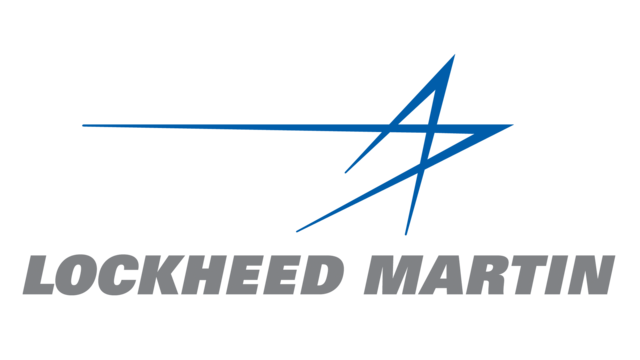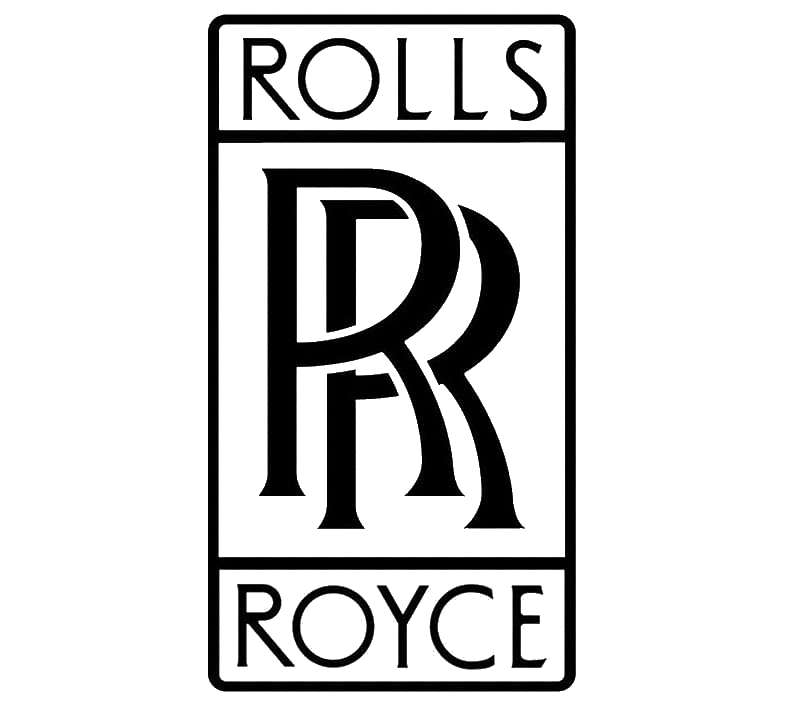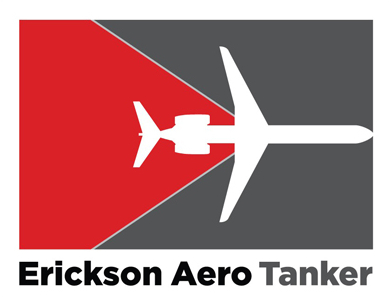Lockheed F-94 Starfire
|
|
|---|
 |
|
| A U.S. Air Force YF-97 Starfire on test flight; later to be redesignated the F-94 | |
| Role | All-weather interceptor |
|---|---|
| National origin | United States |
| Manufacturer | Lockheed Corporation |
| First flight | 16 April 1949 |
| Introduction | May 1950 |
| Retired | 1958 (USAF)1959 (ANG) |
| Primary users | United States Air Force Air National Guard |
| Produced | 1949–1954 |
| Number built | 855 |
| Developed from | Lockheed T-33 Shooting Star |
.
History Lockheed Martin Company
Lockheed F-94 Starfire

The Lockheed F-94 Starfire is a first-generation jet powered all-weather day/night interceptor aircraft designed and produced by Lockheed Corporation. It was the first operational United States Air Force (USAF) fighter equipped with an afterburner as well as being the first jet-powered all-weather fighter to enter combat during the Korean War.
On 8 October 1948, the United States Air Force (USAF) issued a new general operating requirement that called for a radar-equipped interceptor to replace the aging Northrop F-61 Black Widow and North American F-82 Twin Mustang. This new interceptor was specifically designed to counter the emergence of new Soviet aircraft such as the Tupolev Tu-4 bomber (reverse engineered from the Boeing B-29 Superfortress). The Curtiss-Wright XF-87 Blackhawk had been developed with the intention of becoming the USAF's first jet-powered night fighter, but its performance was subpar. Accordingly, Lockheed was approached by the service with a request to design a jet night fighter on a crash program basis.
The resulting aircraft was derived from the TF-80C (later designated T-33A Shooting Star) which was a two-seat trainer version of the F-80 Shooting Star. Designated F-94 Starfire, it was redesigned with a lengthened nose area to accommodate the addition of guns, radar, and an automatic fire control system. In November 1948, the P-94 was met with the approval of James Forrestal, United States Secretary of Defense. Having observed the conversion to be relatively straightforward, USAF officials chose to issue a letter contract to Lockheed during January 1949. Months later, a definitive contract for 150 production aircraft was received. By December 1949, the number on order had risen to 368 aircraft.

0
KmCeiling
0
KmRange
0
MachAircraft Speed
0
Max Crew
Photo Gallery
Lockheed/Martin Aircraft Company
Lockheed F-94 Starfire


Lockheed/Martin Aircraft Company
Lockheed F-94 Starfire
General characteristics
-
- Crew: 2
- Length: 44 ft 6 in (13.56 m)
- Wingspan: 42 ft 5 in (12.93 m)
- Height: 14 ft 11 in (4.55 m)
- Wing area: (21.63 m2)
Powerplant
-
- Empty weight: (5,764 kg)
- Gross weight: (8,301 kg)
- Max takeoff weight: (10,970 kg)
- Powerplant: 1 × Pratt & Whitney J48-P-5 centrifugal-flow turbojet engine, 6,350 lbf (28.2 kN) thrust dry, 8,750 lbf (38.9 kN) with afterburner
Specifications
-
- Maximum speed: (1,030 km/h,
- Maximum speed: Mach 0.84
- Range: 805 mi (1,296 km, 700 nmi)
- Ferry range: (2,052 km,
- Service ceiling: (15,700 m)
Links to Youtube & Others
The C-5 is a large, high-wing cargo aircraft with a distinctive high T-tail fin (vertical) stabilizer, with four TF39 turbofan engines mounted on pylons beneath wings that are swept 25°. (The C-5M uses newer GE CF6 engines.)
Lockheed/Martin Lockheed F-64 Starfire
The first C-5A was delivered to the USAF on 17 December 1969. Wings were built up in the early 1970s at Altus AFB, Oklahoma;
Youtube Link
Following a study showing that 80% of the C-5 airframe's service life was remaining,[99] Air Mobility Command (AMC) began an aggressive program to modernize all remaining C-5Bs and C-5Cs and many of the C-5As.













.svg.png)